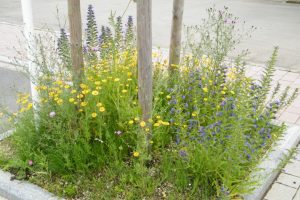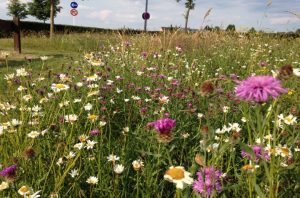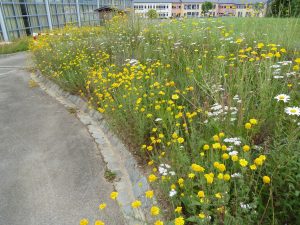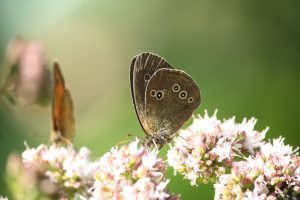Towns and villages are an important habitat for many animal and plant species. Public green spaces in particular offer an ideal opportunity to promote biodiversity. In addition to the typical parks, the urban and village green spaces also include very small areas such as green roadside strips, planted traffic islands and even flower boxes. Municipalities as well as private individuals can make an important contribution to preservation of the diversity of habitats and species through creative and innovative planning and appropriate tending and layout measures.
Tending near-natural flower meadows is not very work-intensive since neither fertilizer use nor spraying is necessary, one to three mowings per year are enough. Thus in overall terms ecological green areas – with proper implementation – reduce the workload and the costs incurred.
In the past, recourse was often had in public areas to exotic plants or problematic soil coverings, which involve high maintenance costs and contribute little to biodiversity.
The Natur- & Geopark Mëllerdall is cooperating with several municipalities to enhance the value of public green spaces, and this concept will become even more important in the future.
The Natur- & Geopark will be pleased to provide all municipalities and individuals with advice.
What are the advantages of near-natural landscaping of parks?
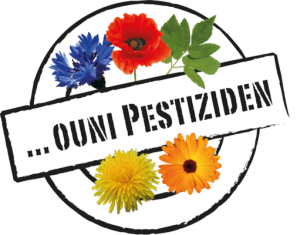
- No use of pesticides
- Improved water balance as the surfaces remain unsealed
- Flower meadows are sustainably easier to tend and not as costly as ornamental lawns
- Green areas reduce temperature fluctuations and filter noise and dust
- A recreational area where we humans can experience nature
- Supports beekeeping
